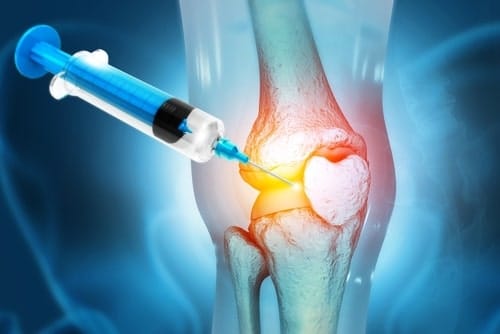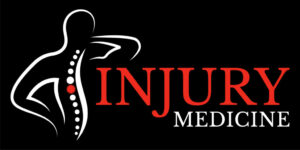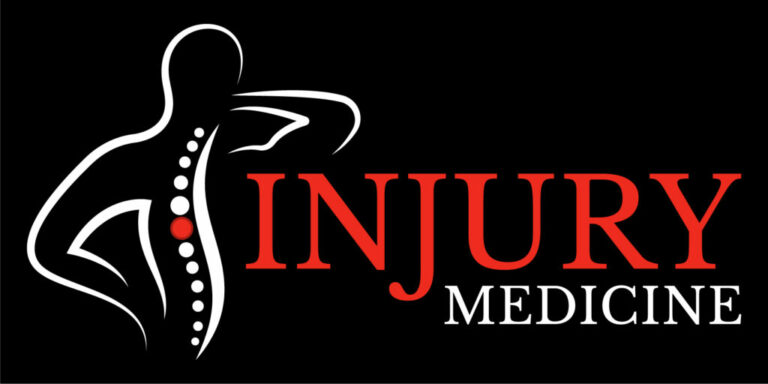- Injections for Pain
Excruciating pain can be caused by many conditions. Pain from various illnesses, such as arthritis, degenerative disc disease, and herniated disk, can be unbearable. If you are suffering from chronic pain, it can be difficult to find a lasting solution.
There are many injections that can provide pain relief in Greenville, SC. This article will explain how injections for pain work and their effectiveness. If you are experiencing severe pain, visit Injury Medicine.
if you would like more information on what you should do after a spinal injury, view this page.
The Benefits of Injections to Treat Chronic Pain
The CDC reported that 20.4% of adults experienced chronic pain in 2019. 7.4% suffered from severe pain that restricted their work or personal lives. Another report shows that chronic pain is the most common chronic condition in the United States.
This discomfort affects 50 million Americans and can cause a loss of earnings of up to $80 billion annually. Chronic pain can make your life difficult, but it is not fatal. Chronic pain can lead to stress and increase your chances of suicide.
You may become addicted to painkillers or other harmful substances. Injections for pain are a minimally invasive and effective treatment option.
How Do Injections for Pain Work?
The simplest pain management injections provide pain relief through the administration of liquids via needles or syringes.
Minimally Invasive Procedures are medical procedures that require minimal incisions to the patient’s body. This results in minimal tissue damage. They are a more pain-relieving alternative to surgery than medication and require fewer incisions.
Types of Pain Relief Injections
There are many types of pain relief injections. Depending on the purpose of the injection, they work differently. Below, we’ll be discussing the different types of pain management injections and their workings.
Epidural Steroid Injections
Epidural corticosteroid injections, also known as epidural steroid injections, inject anesthetics or steroids directly into the epidural region. To protect against spinal cord injury, the epidural space surrounds it.
This is the most popular type of pain injection. It is used to reduce inflammation and open spinal passages to ease nerve pain.
For people suffering from pain due to narrowed spinal nerve passages, epidural steroid injections can be used. Signal nerve narrowing can occur due to bone spurs and herniated disks, slipped vertebrae, or spinal arthritis. This pain management injection usually works within one to three days.
Trigger Point Injections
Trigger points are hyperirritable areas in muscles or fascia (connective tissues) that become painful when compressed. Because they are unable to relax, this is when you feel knots under your skin.
These trigger points can cause pain in other parts of the body and irritation to surrounding nerves. This type of pain can be treated with trigger point injections. The pain management procedure involves the injection of saline via a small needle. You may also receive a corticosteroid.
The liquid acts by activating trigger points and relieving pain after the injection. The doctor may use a dry needle if the patient is allergic or sensitive to certain drugs.
Trigger point injections are often required for pain related to fibromyalgia, myofascial, and tension headaches. It can also be used to treat pain associated with musculoskeletal conditions.
Selective Nerve Root Block (SNRB) Injection
The most popular injections for pain relief are the SNRB injections in Greenville, SC. This is a pain management injection that’s useful when you have a pinched nerve or inflammation. A selective nerve root block injection is used to numb the pain by targeting the nerve that causes it.
The nerve-numbing medication will be deposited at the location where the targeted spinal nerve leaves the intervertebral foramen. The intervertebral space is a bony area that separates adjacent vertebrae. This blocks nerve signals before they reach the brain and register pain.
Doctors may also use SNRB injections in order to find the cause of your discomfort. They might continue to numb the nerves until they find the cause of your pain.
Facet Joint Injections
Another common injection for pain relief is the facet joint injection.
The connections between your vertebrae and the facet joints on your spine are called the facet joints. These joints provide stability and allow for bending, twisting, and other movements. If you have degenerative conditions such as arthritis or a traumatic injury, pain can result from one particular facet joint.
This can cause severe pain in your back when you bend, lift, or twist. You may also feel the pain worsen when you move your spine. Although the pain from the facet joints may disappear, self-healing is unlikely if the pain persists for more than two weeks. Facet joint injections may be an option to help numb the pain.
Facet Rhizotomy
Some patients experience adequate pain relief from facet joint infections. Others may feel only temporary relief. Facet joint injections may sometimes be used to diagnose the problem.
This means that they can help the doctor identify the cause of your pain, or exclude it altogether. If the pain is relieved by a facet joint injection, the doctor can identify the source of the pain.
Facet rhizotomy will be recommended in such cases. Facet rhizotomy permanently disables or destroys the target nerves and not just temporarily numbs them. After a successful procedure, you will experience long-lasting pain relief.
Injections of the Sacroiliac Joint Block
The sacroiliac (SI) joint is located between the sacrum and opium in the pelvis. The SI joint is the link between your spine and your pelvis. They transmit weight and absorb shock between your legs and upper limbs.
If the pain comes from the sacroiliac joints, it will be felt in the lower lumbar spine and buttocks as well as the upper leg. This pain may also be felt in your hip. This type of pain can be relieved by a sacroiliac block injection.
Sacroiliac injections can be used for diagnostic purposes or to treat pain. They can identify the cause of pain and reduce joint inflammation.
Pain management injections can often provide relief within a few days or hours. They can take up to weeks. For the best results, your doctor may combine these injections with physical therapy or other pain management procedures.
Are You Looking for Pain Relief in Greenville, SC? Call Injury Medicine Today!
No matter what the cause, pain can make your life miserable and affect your quality of life. There are many options available to relieve your pain. A pain management specialist in Greenville, SC will evaluate your condition and recommend the best treatment. You may need to have injections to relieve the pain.
Our team at Injury Medicine will give you the best care. You will feel better quickly with a customized treatment plan. Call us at 864-866-PAIN to start your treatment process.





